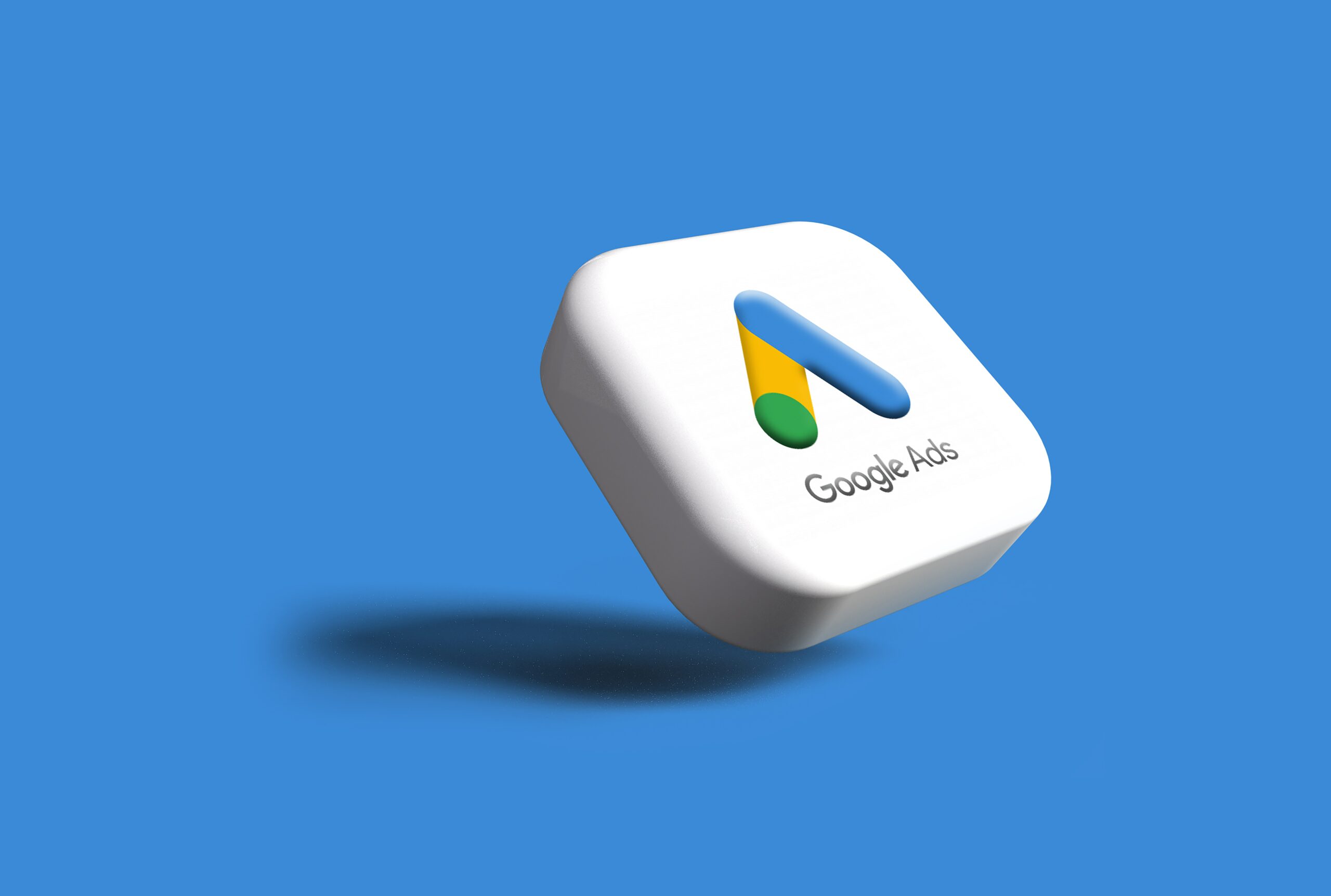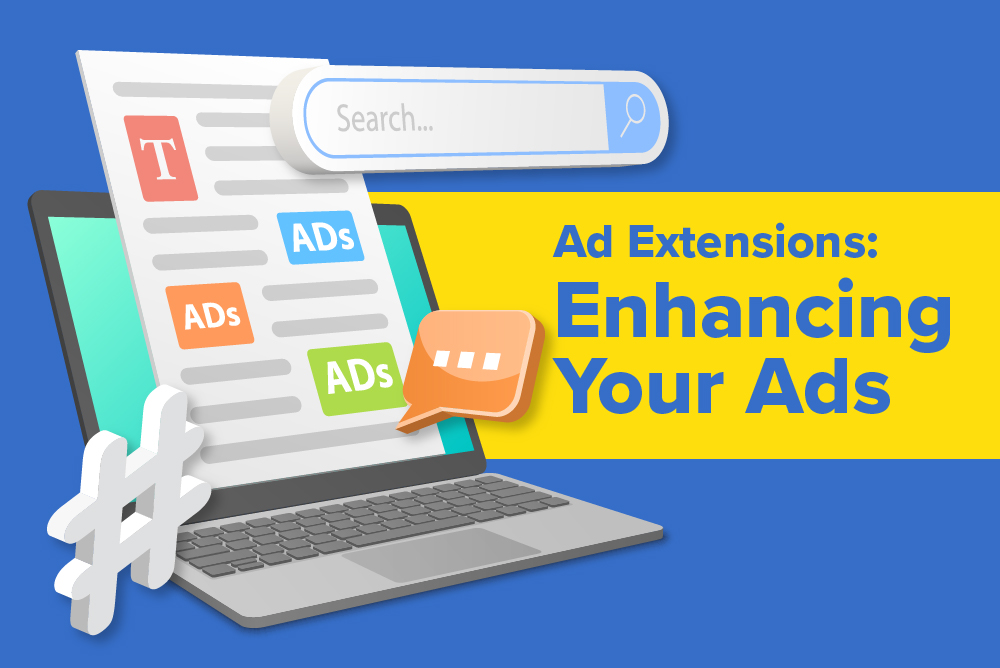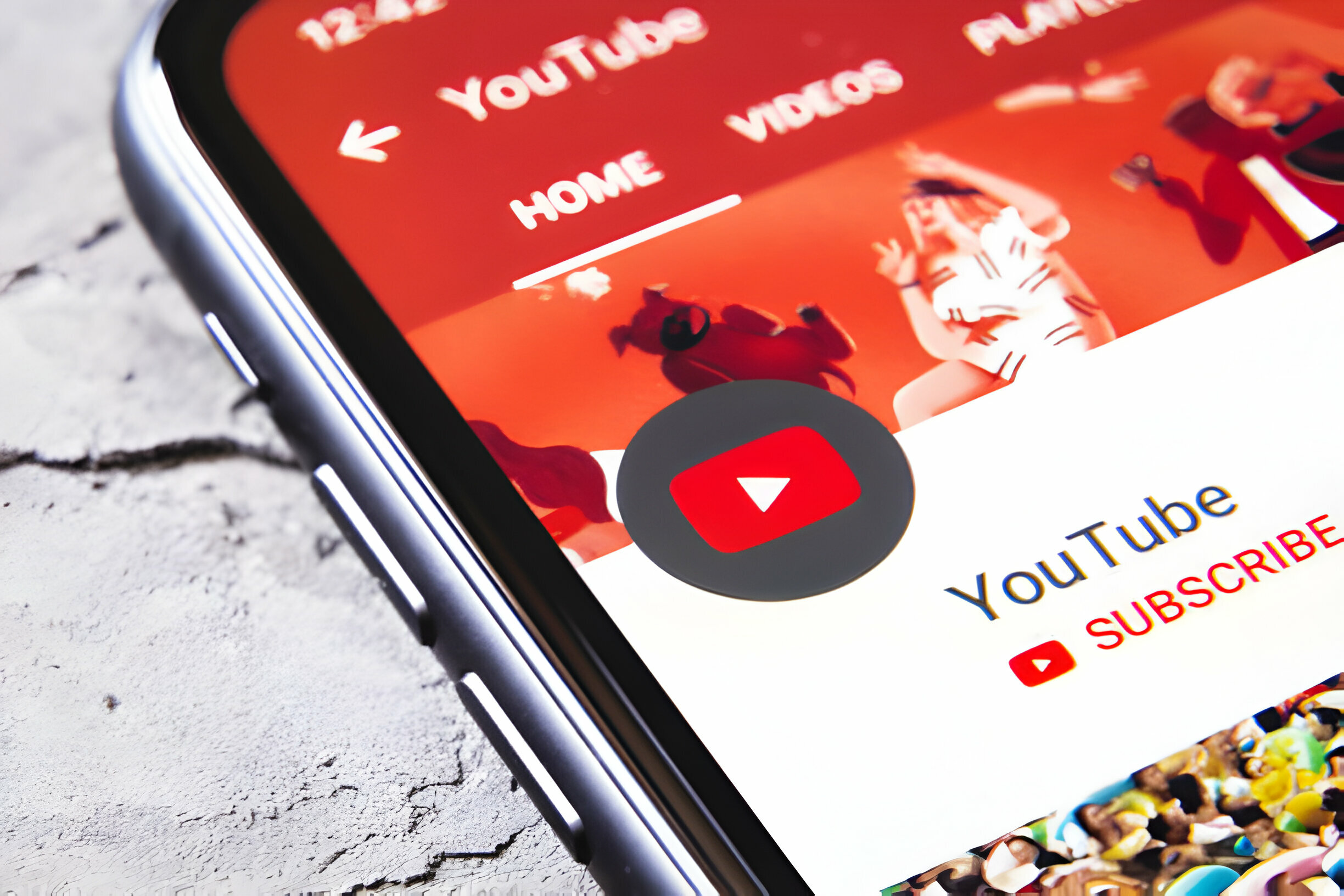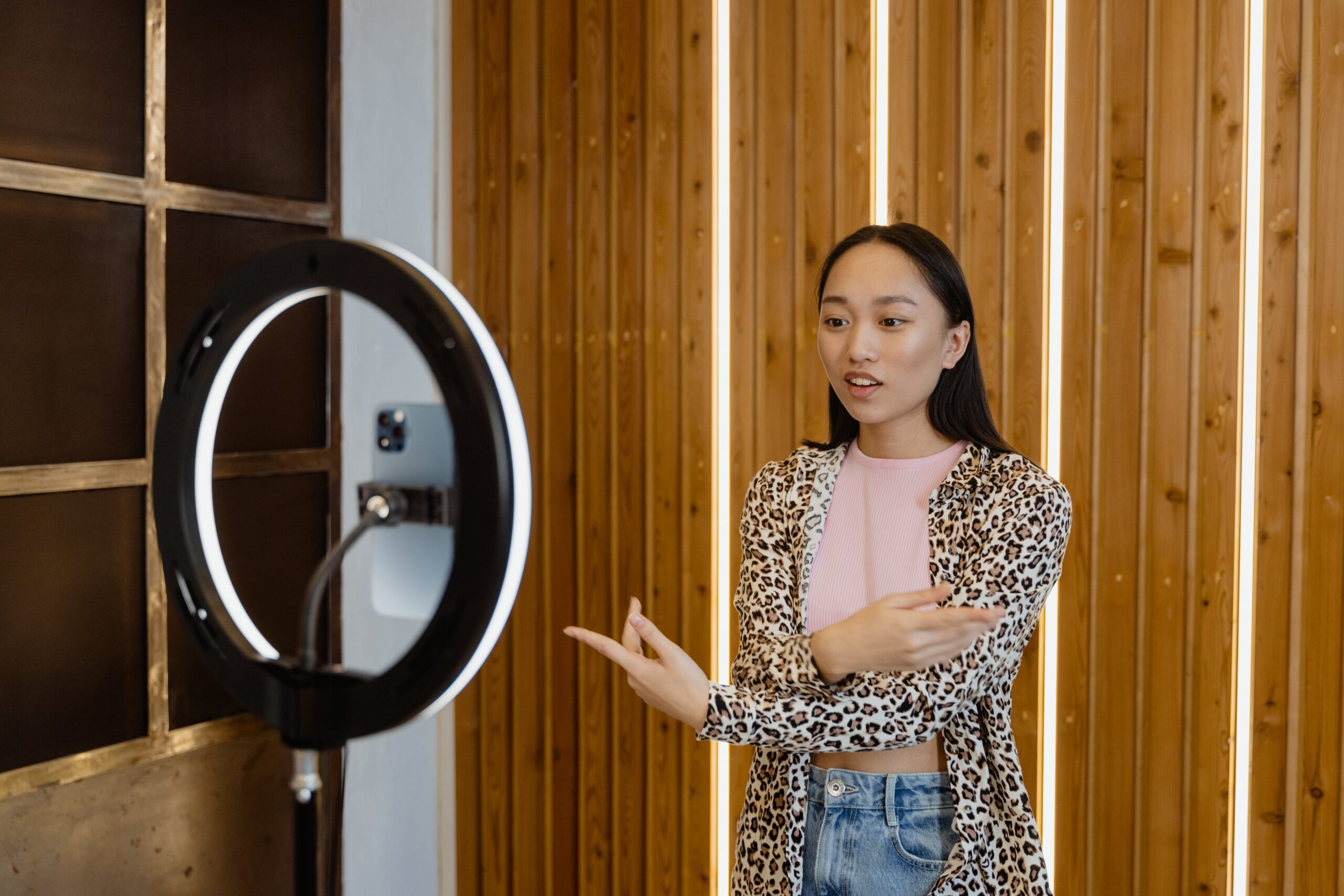Display advertising might be one of the most versatile means of paid advertising. You can play with ad banners of various shapes, sizes and colours. One could even deploy display banners on numerous channels like apps, video platforms, blogs, social media and more. But Google display advertising in 2023 promises fresh challenges and opportunities. If you have been recycling the same old strategies each year, you might want to try jazzing things up this year for your internet users.
Paid advertising and other forms of pay-per-click strategies might get you fast revenue, but it is going to take a lot more than fancy.
What is Display Advertising?
Before you get started on refining your display ad campaign, you first need to understand the Google Display Network.
WordStream’s Margot Whitney explains Google AdWords as a digital platform powered by a Search Network and a Display Network.
As their names suggest, advertising on the Search Network incorporates placing ad texts in research engine results. The Display Network operates a little differently. Instead of ad texts, businesses place display ads on advertising-supported sites on the internet.
Here’s an example of a display ad (image of the cocktail on your right) we saw while browsing the internet from The Smart Local:
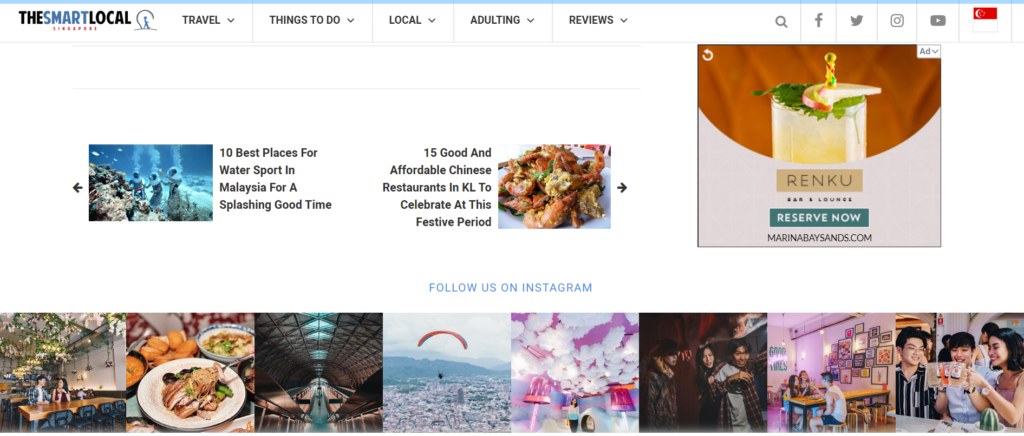
Think of your display ads like visual adaptions of your ad texts. They convey key promotions and information about our products and services that empower your target audience. You promote your brand with eye-catching visuals and smart messages.
But this begs the question…
Does Display Advertising Actually Work?
Absolutely! Display advertising proves to be a powerful tool when used effectively. About 80% of internet users see ads through Google’s Display Network daily. Notably, 65% of small B2B companies gain customers through this platform, demonstrating its effectiveness in reaching target audiences.
The Display Network serves an impressive 6 billion ad impressions daily. With an average click-through rate (CTR) of 3.17%, it’s clear that these ads catch users’ attention. Further, with an average cost-per-click (CPC) of $1.72, display advertising can be a cost-effective component of your digital marketing strategy.
And if you’re wondering where most of the clicks go, here’s an interesting statistic: 41% of clicks on the Display Network go to the top three paid ads. This highlights the importance of strategic bidding and optimisation to ensure your ads feature prominently.
So yes, display advertising does work. But as with any marketing strategy, it requires careful planning, following best practices, and ongoing optimisation to ensure you get the most from your investment.
3 Evolving Trends for Google Display Ads Best Practices in 2023
As in any digital marketing field, we can anticipate fresh trends and developments in Google Display Advertising for 2023. Let’s explore three of them:
1. Multi-screen advertising
Advertisers must adapt to this multi-screen world as users increasingly consume content across multiple devices. A strong strategy is to design display ads with the versatility to shine on any device, be it a laptop, tablet, smartphone, or smart TV. This best practice ensures a seamless experience for your audience and increases the chances of engaging them effectively, no matter their device.
2. Video marketing and live streaming
While video marketing remains a best practice, 2023 sees the rising tide of live streaming as an ad medium. Livestreaming offers an authentic and interactive way to connect with your audience, and embedding display ads in these streams can be highly impactful. Consider creating ads that capitalise on the dynamism and immediacy of live streams to engage viewers deeply.
3. AI and machine learning
Artificial Intelligence and machine learning continue to revolutionise Google Display Advertising. These technologies enable marketers to automate ad creation, optimise ad placement, and make data-driven decisions with unprecedented precision. In 2023, harnessing AI and machine learning will be a pivotal best practice in creating highly targeted, efficient, and effective display ad campaigns.
How To Excel At Google Display Advertising In 2023
As the digital landscape evolves, so should your display advertising strategies. Here are some emerging trends to help you make the most of your Google Display Advertising this year:
1. Incorporate Immersive Visuals
In 2023, it’s not just about moving visuals anymore. Immersive visuals like 360-degree videos, interactive images, and augmented reality (AR) ads are gaining popularity. These types of content offer a unique and engaging user experience that can lead to higher interaction rates. Be innovative and explore the realm of immersive visuals to keep your audience’s interest piqued.
2. Utilise AI and machine learning
As mentioned earlier, artificial intelligence and machine learning are becoming more deeply embedded in digital marketing. In Google Display Advertising, they can aid in automating ad creation, targeting specific demographics, optimising ad placements, and analysing ad performance. Utilise these technologies as best practices in your display advertising strategy for more efficient and effective campaigns.
3. Optimise for voice search
With the rise of smart speakers and digital assistants, voice search is becoming a significant part of consumers’ lives. Hence, adapting your display advertising to fit this trend is critical. For instance, optimising your ad content with conversational keywords can increase its relevance in voice search results. Though voice search may not directly affect display advertising, considering it in your digital marketing strategy can provide a more cohesive user experience and should be considered best practice.
Humans Are Visual, So is Marketing
While stellar content may get you organic clicks, appealing visual ads are the way to go if you want fast revenue. All in all, in expanding your marketing efforts beyond search engines, you can reach your target audience easily!
Then again, excelling in your Google display advertising in 2023 will take strategy and creativity. If you need some help with your Google ads, we might be able to help. Enquire with the leading Google Ads Agency for a customised ads strategy.
